A vibrant new catalyst platform for harnessing abundant solar-energy to produce high-value hydrocarbons from a CO2 feedstock is demonstrated.
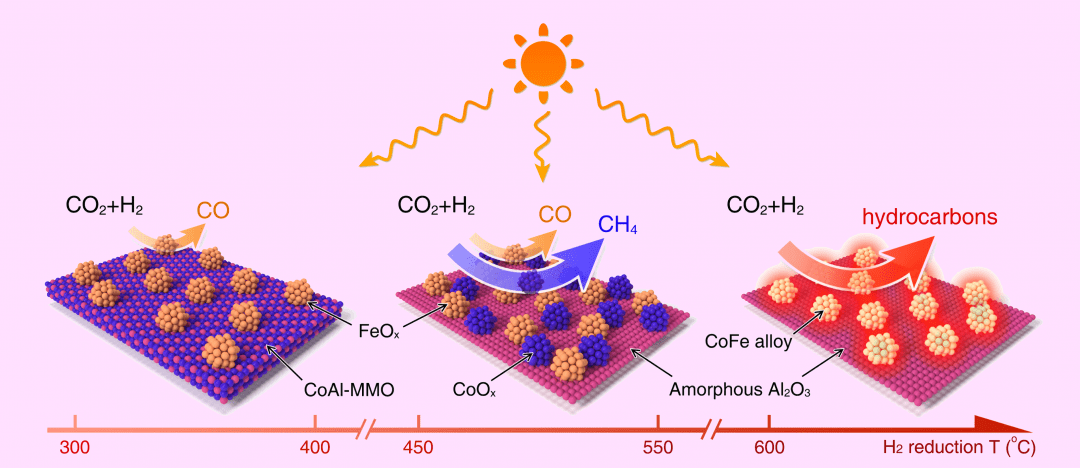

A vibrant new catalyst platform for harnessing abundant solar-energy to produce high-value hydrocarbons from a CO2 feedstock is demonstrated.
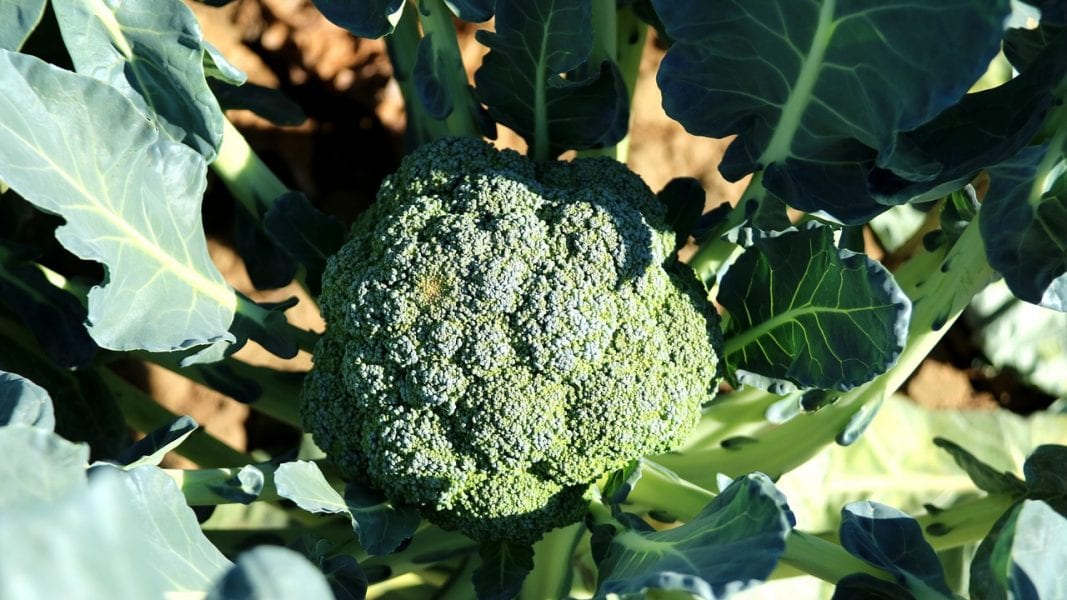
Researchers from France develop a new UV responsive polymer from broccoli seed oil.
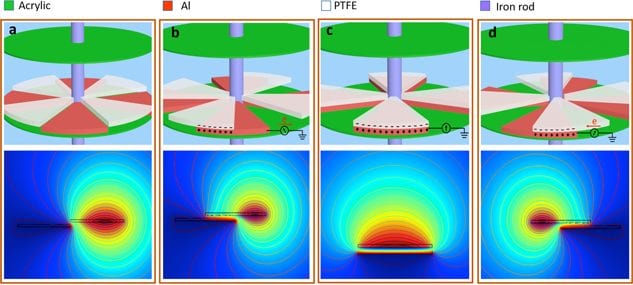
Two triboelectric nanogenerators with different configurations were designed and hybridized with Faraday electromagnetic induction generator to generate electricity, which can convert the kinetic energy from wind and flowing water and the electrostatic energy in water into electrical energy.
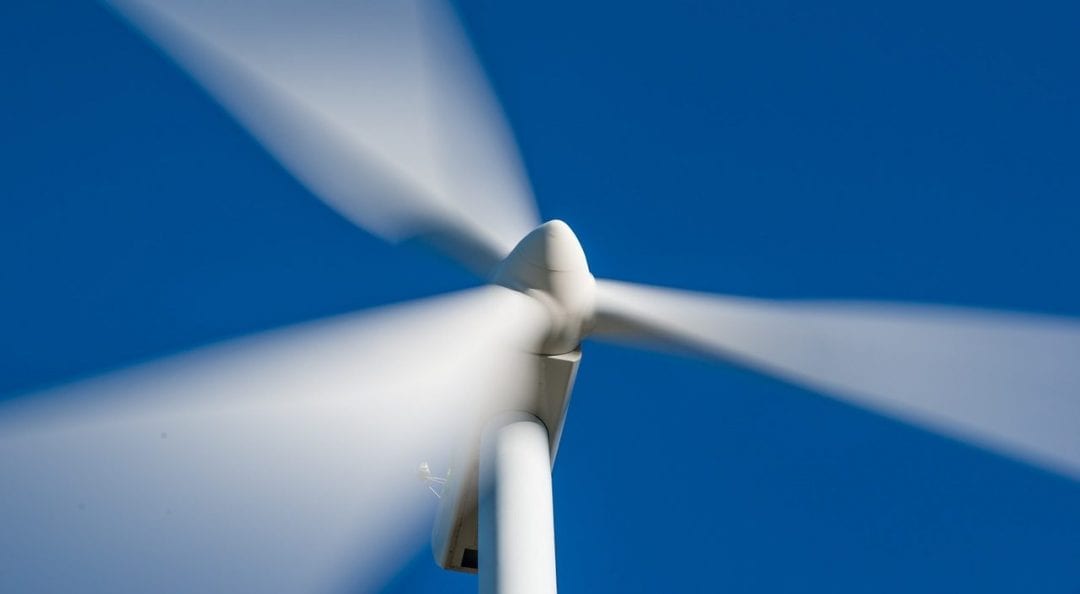
The observed behavior in the Danish electricity retail market is considered, arguing that benefits of dynamic pricing should be analyzed with consumers’ adoption decisions in mind.
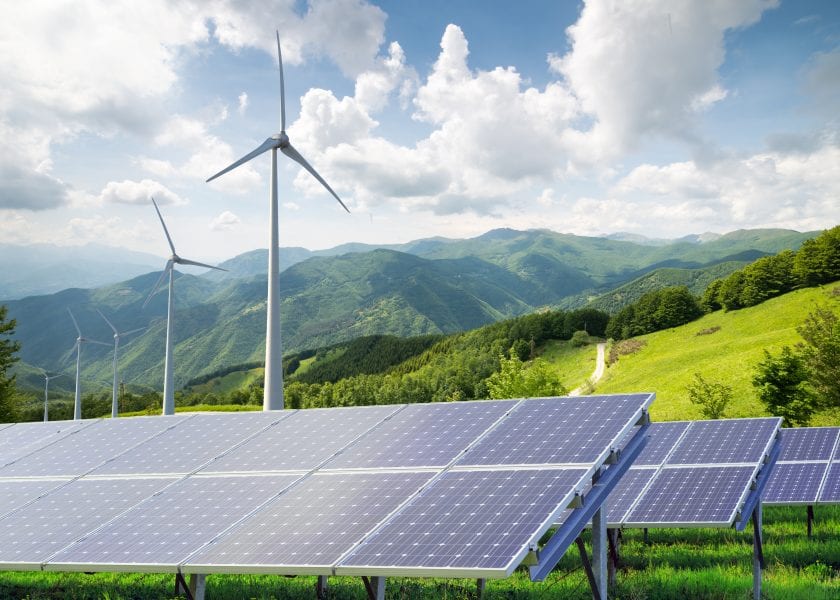
Increasing the Supply of Renewable Electricity Creates Potential Energy Storage Applications for Synthetic Fuels Aggressive CO2 reduction targets are stimulating the conversion of fossil-fuel-powered electricity systems into renewable low-carbon systems. This energy...
A systemic approach to evaluation of biomass potential has been missing in the academic debate, and needs to be addressed.

Instead of hauling food waste to landfills, we might want to use that organic waste to produce power while at the same time potentially helping the environment.
Focusing on the photocatalytic hydrogen production from water, as an energy carrier, several factors need to be considered.

To address climate change, we need to reduce net anthropogenic greenhouse gas (GHG) emissions to zero as soon as possible; that is, hopefully by 2050 or so.
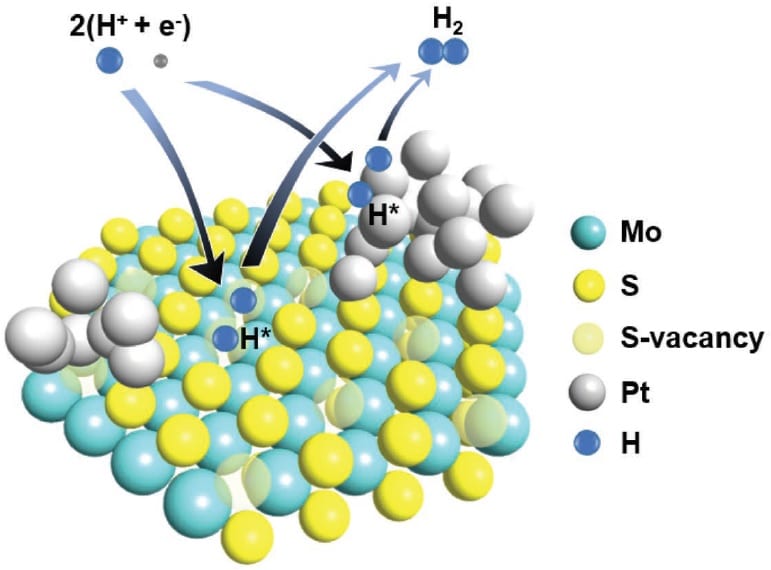
Hydrogen won’t be a viable fuel source without a replacement catalyst for platinum. This MoS2 hybrid looks set to provide some realistic competition.